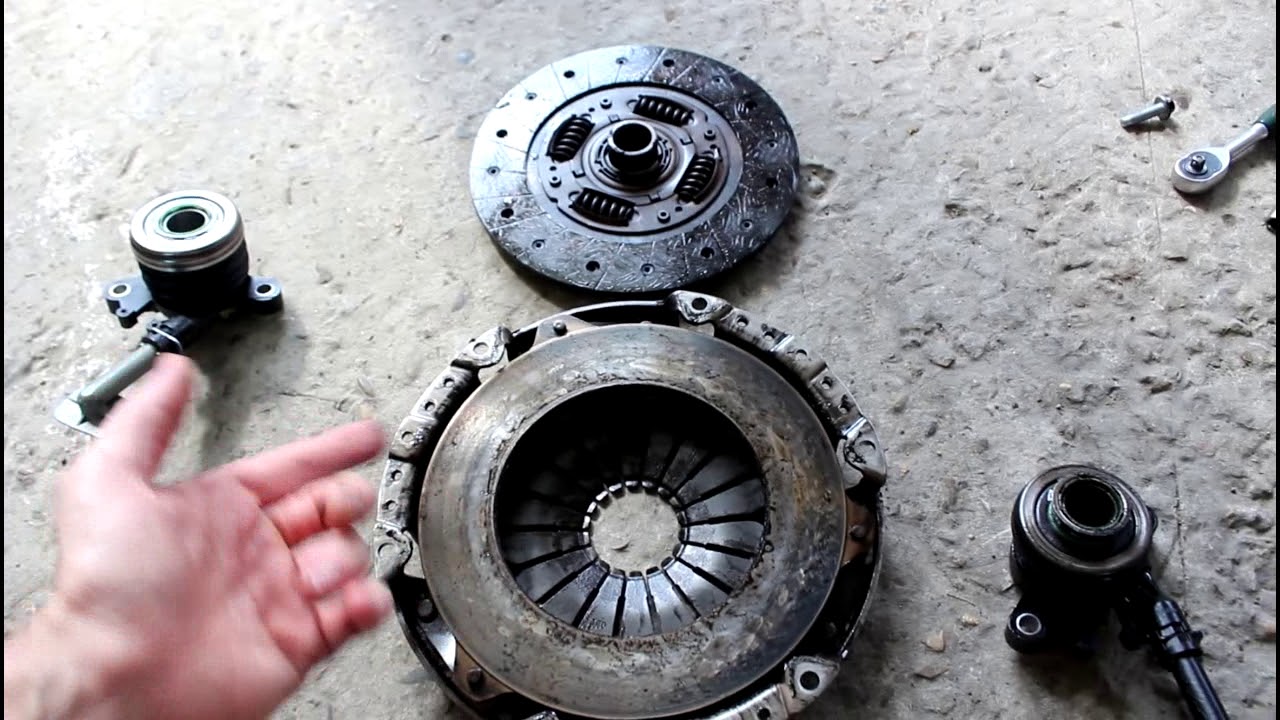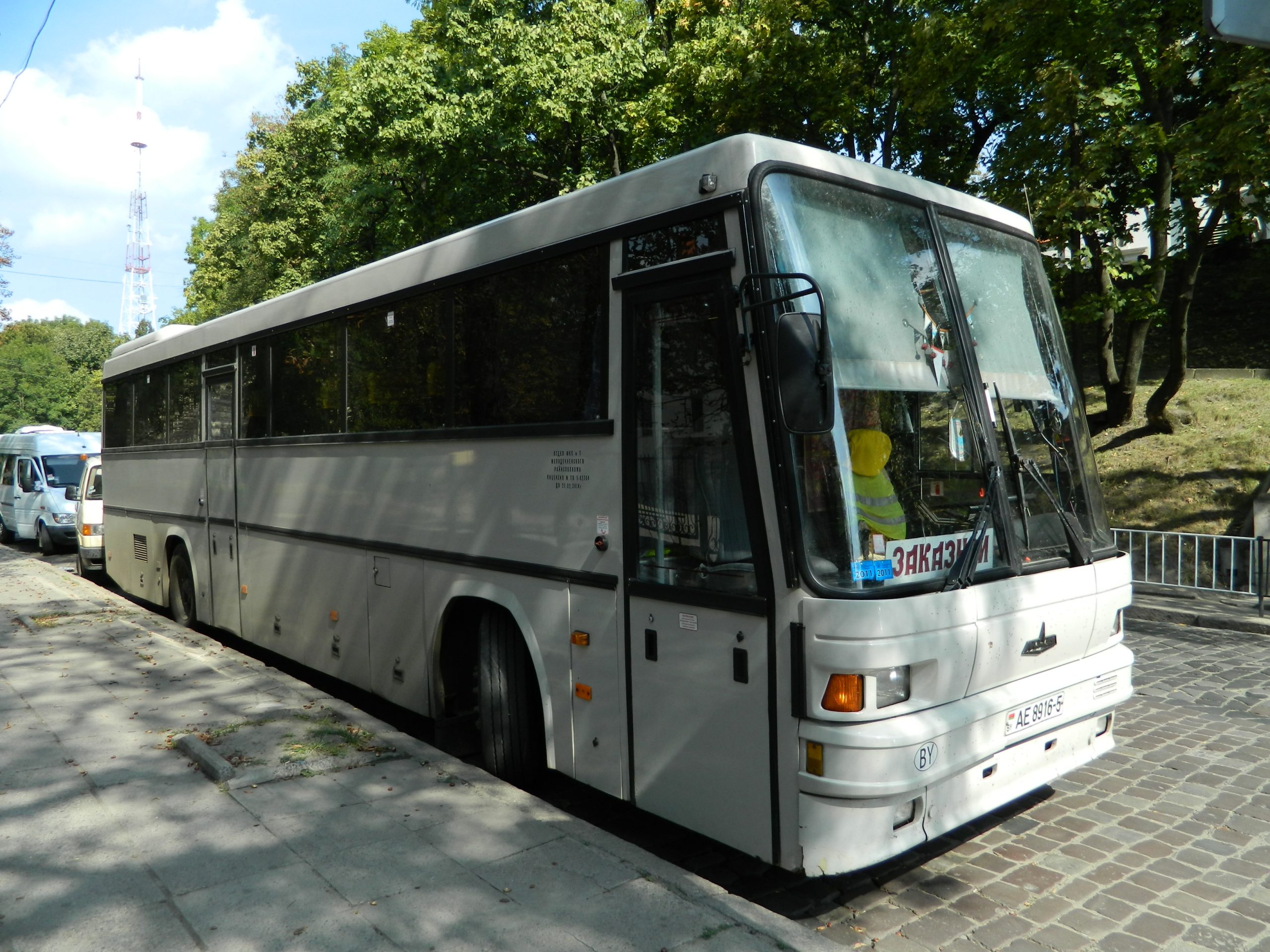
Clutch Nissan Qashqai
Content
The clutch is an important structural part of the transmission, which is responsible for smooth gear shifting, jerk-free starting of the car, equalization of torsional vibrations, and protection of the car from overloads. Nissan Qashqai vehicles with a manual transmission are equipped with a single plate, dry type diaphragm spring clutch. All elements and mechanisms are combined into a single metal module located between the engine block and gearbox.
Description of the clutch system on the Nissan Qashqai
On average, the resource of a part on the Japanese Qashqai crossover varies between 100-150 thousand kilometers. However, with intensive use of the car in off-road conditions, as well as improper driving, slipping disorder (which usually occurs in the absence of driving experience), the Nissan Qashqai clutch replacement may be required much earlier, after 70-80 (or less)) thousand kilometers.
The group of parts of the clutch assembly is represented by such assemblies as:
- flywheel of the engine;
- driven and main disks (pressure;
- cash machine;
- diaphragm spring
The drive disc is housed in a stamped steel housing bolted to the flywheel. The driven disk is located on the splines of the input shaft of the manual transmission and is held by a spring between the flywheel and the pressure plate. The release bearing is connected with two "10" bolts to the clutch housing and is in line with the drive hydraulic cylinder.
The principle of operation of the mechanism
When the engine is running (with the clutch pedal released), the rotation of the crankshaft is received by the flywheel and transmitted to the driven disk, which, due to its location, transmits torque to the gearbox and, consequently, to the transmission wheels of the car. To interrupt this process, it is necessary to disengage the clutch by pressing the appropriate pedal.
Symptoms of malfunctions
The fact that the Nissan Qashqai clutch needs to be repaired or replaced may be indicated by signs such as:
- strange noise when releasing gas (car braking);
- tight or too free pedal travel, it “falls through”;
- noise, knocking, sudden movement of the car when shifting gears;
- incomplete engagement / disengagement of the clutch;
- body vibration when pressing the pedal.
Any malfunction of this node cannot go unnoticed even by an inexperienced driver. In addition to the above symptoms of malfunctions, problems may indicate increased fuel consumption, a decrease in the usual dynamics and maneuverability of the car.
Causes of malfunctions and premature wear
The main cause of premature clutch failure is improper vehicle operation. The abuse of slippage is one of the main negative factors that reduce the resource of this transmission unit.
To conduct a simple self-diagnosis and identify possible problems, you must:
- start and warm up the engine;
- put on the parking brake (the car must stand on a flat surface);
- turn on the third gear;
- release the clutch pedal slowly and depress the accelerator pedal.
After performing these steps, with a good clutch, the engine should stop. If this did not happen (or the engine still stalled, but after some time), the car definitely needs repair.
A partially faulty clutch can not be completely changed, however, service center specialists still recommend replacing the elements of the entire assembly. This need is due to the fact that partial repairs only slightly increase the service life of the unit due to the reduced resource of its non-replaceable parts.
Typically, partial repairs are carried out in the following cases, such as:
- replacement of damaged friction linings;
- replacement of the driven disk in case of deformation or impact of more than 0,5 mm;
- replacement of the drive disk in the presence of damage;
- wear bearing replacement.
It is important to note that the replacement of worn and broken parts should be carried out with original analogues of branded production.
Stages of disassembly and assembly of the unit
To disassemble the assembly in order to check and replace worn parts, do the following:
- remove the front suspension subframe and gearbox;
- holding the flywheel with a screwdriver, unscrew the bolts securing the pressure plate housing to the flywheel;
- remove the casing together with the drive disc and spring;
- remove the driven disk.
After these manipulations, it is necessary to inspect the removed parts for mechanical damage, deformation, signs of wear and oil. The pronounced dark blue color of the metal indicates that the assembly elements suffered from severe overheating. Such parts require radical replacement.
Lubrication of the lining of the driven disk often indicates the need to replace the gearbox input shaft oil seal.
On the driven disk, the heads of the friction linings are inspected: if they are pressed in by less than 0,3 mm and their surface is oily, the disk must be replaced. Also check the surfaces of the flywheel and drive disk, rivet joints, diaphragm spring. All parts with visible defects must be replaced.
Installation of the dismantled unit is carried out as follows:
- using a mandrel (the one used on front-wheel drive VAZs is suitable), install the driven disk so that the protruding part of its hub is facing the diaphragm spring;
- install the cover of the drive disk;
- remove the mandrel and return to the checkpoint location.
